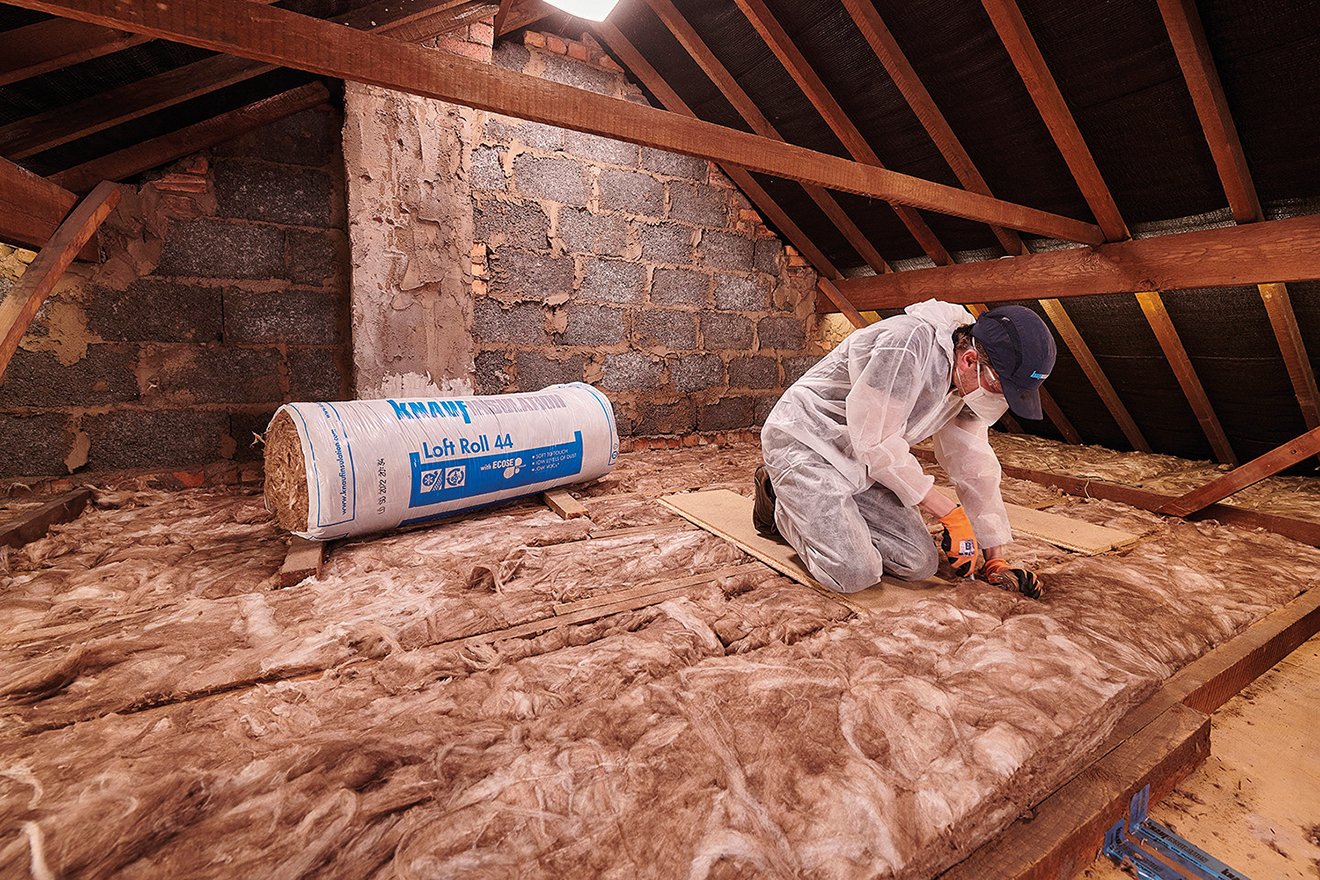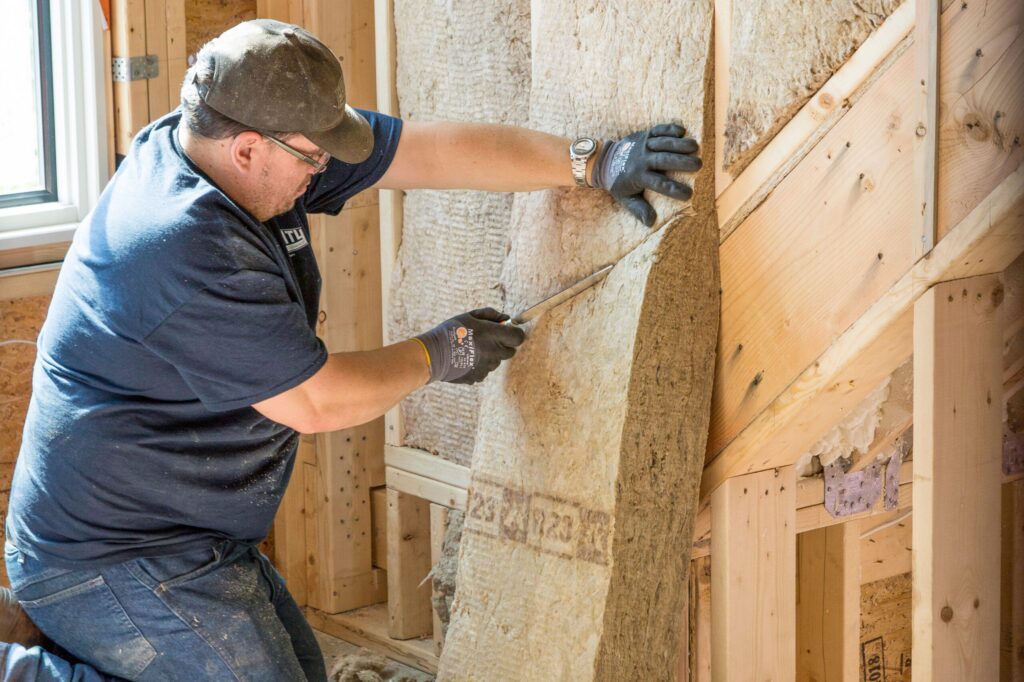Kratom, a tropical plant native to Southeast Asia, has garnered attention in recent years for its potential in managing pain. Derived from the leaves of the Mitragyna speciosa tree, kratom has been used traditionally in countries like Thailand and Indonesia for centuries. Its rising popularity in the Western world is largely attributed to its diverse range of benefits, especially in pain management. Here is an in-depth look at why kratom could be a valuable option for effective pain relief.

Diverse Alkaloid Profile
Kratom For Pain Relief contains several active compounds, primarily mitragynine and 7-hydroxymitragynine, which interact with the opioid receptors in the brain. Unlike traditional opioids, which bind directly to these receptors, kratom’s alkaloids modulate their activity, offering pain relief without some of the more severe side effects. This unique interaction makes kratom a potential alternative for individuals who are seeking relief from chronic pain but wish to avoid the risks associated with conventional opioids.
Different Strain Effects
Kratom strains are typically categorized by their color, which influences their effects. For instance, red strains are known for their strong analgesic and sedative properties, making them particularly suitable for pain management. They are often recommended for those suffering from severe pain or discomfort. On the other hand, green and white strains offer more balanced effects, combining pain relief with enhanced energy and mood elevation, making them ideal for moderate pain and daily use.
Reduced Risk of Addiction
One of the major concerns with traditional pain medications is the risk of addiction and dependency. Kratom is often cited as having a lower potential for addiction compared to opioids. While it does interact with opioid receptors, its effects are generally considered to be milder and less likely to result in compulsive use. This characteristic could make kratom a viable option for long-term pain management with a lower risk of developing a substance use disorder.
Enhanced Quality of Life
Pain management is not solely about alleviating discomfort it is also about improving overall quality of life. Many users of kratom report not only pain relief but also improvements in mood, energy levels, and general well-being. By helping to manage pain more effectively, kratom can enable individuals to engage more fully in daily activities, enjoy a better quality of sleep, and maintain a more positive outlook on life.
Accessibility and Convenience
Kratom is available in various forms, including capsules, powders, and extracts, providing flexibility for users to choose the form that best suits their needs. This accessibility can be particularly beneficial for those who prefer a more natural approach to pain management and are seeking alternatives to prescription medications. Additionally, kratom’s availability through online vendors allows for convenient purchasing, though it is essential to buy from reputable sources to ensure product quality and safety.
While kratom is not without its controversies and potential risks, its benefits for pain management cannot be overlooked. Its diverse alkaloid profile, range of strains, reduced risk of addiction, and positive impact on quality of life make it a compelling option for those seeking alternative pain relief methods. As always, it is crucial to approach kratom with careful consideration and consult healthcare professionals to ensure its suitability for individual health needs.

